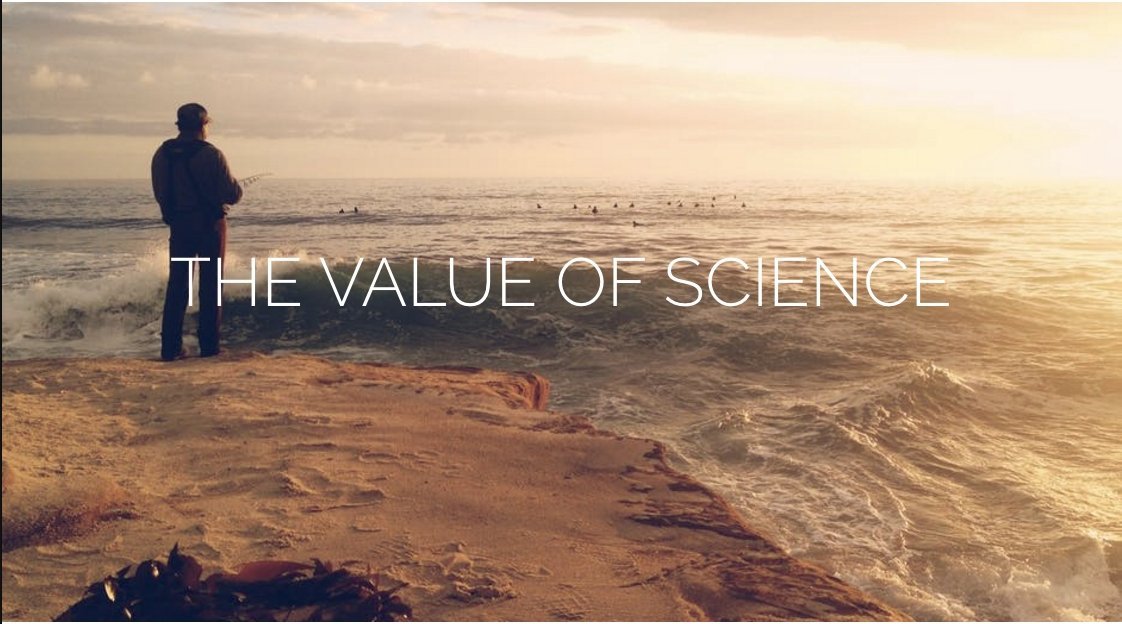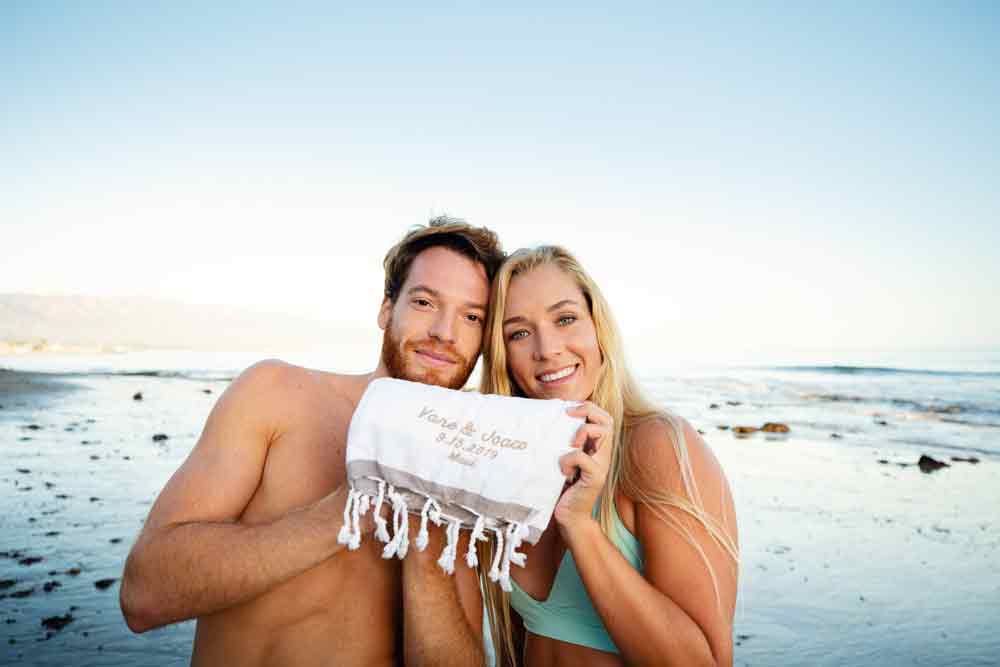by Ken Hinman, President, Wild Oceans - https://wildoceans.org/the-value-of-science/
Science cannot teach us what we need most to know about nature, that is, how to value it. – Holmes Rolston
There are three steps in the resolution of an environmental problem. First, of course, we must recognize that a problem exists. Then, we analyze and assess the situation. And finally, we take action to remedy the problem. Or not.
Only the second of these steps calls for objective, unbiased science. It is framed by subjective processes which have more to do with personal values. The decisions we make that affect our environment, then, are ultimately value judgments.
Too often environmental disputes, such as the battle to protect Atlantic menhaden, are characterized as jobs and industry on one side versus the environment on the other.
But such disputes are more correctly described as conflicts of values, and the real issue for those of us involved is nothing less than the quality of life – as we perceive it.
“Quality of life” can be defined as the presence in our lives, to whatever degree, of those things we value most. As an environmentalist – and by that I mean someone concerned with maintaining or improving the quality of my environment; human and natural, for to me they are one and the same – I measure the quality of my life in terms of beauty, variety and choice.
A DIMINISHED ENVIRONMENT IS A DIMINISHED LIFE
Beauty is an aesthetic value, one that cannot be justified in words, but is nevertheless something each of us has a unique appreciation for. Variety, too, is an aesthetic value, as it denotes diversity and spontaneity. But it also has a practical value, as it encompasses the interconnectedness of things, the stability of life and insurance against unforeseen, adverse events. Finally, there is choice – the freedom to appreciate beauty or not; to take part in the infinite variety of our existence, or not. The freedom to choose where we want to live and how we wish to live, to in effect construct our own lives out of what is important to us.
The choices we make regarding our environment may, in the views of others, be right or wrong, but they will be made as a result of the personal values we hold. We don’t have the right to make these choices for others, but we do have a moral obligation to protect their right to choose and to preserve a broad palette to choose from. Whenever these choices are limited, as in the diminution of one or more parts of our environment, then the quality of our lives – of all of our lives – has been diminished.
If science cannot teach us how to value nature, then we must teach ourselves and each other. As we learn, resolving the conflicts in our values will remain our greatest challenge. For the struggle of man to live in harmony with nature is inseparable from the more intimate struggle of man to live in harmony with man.






